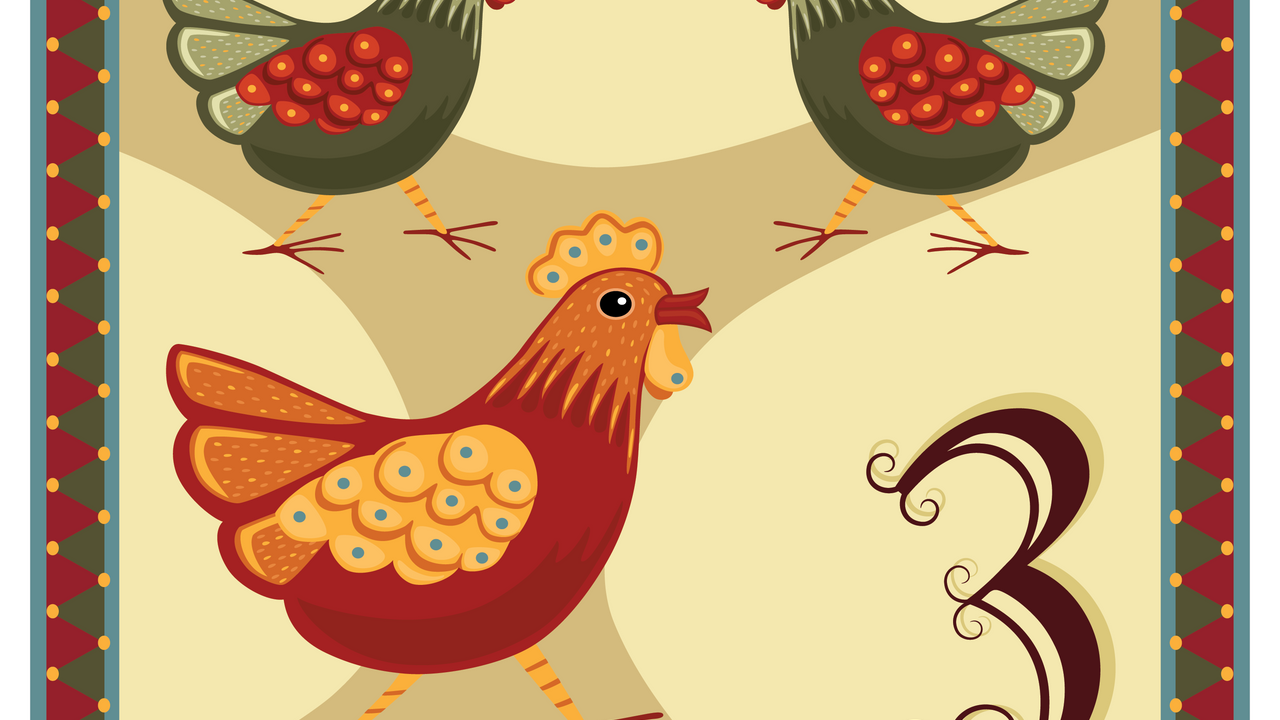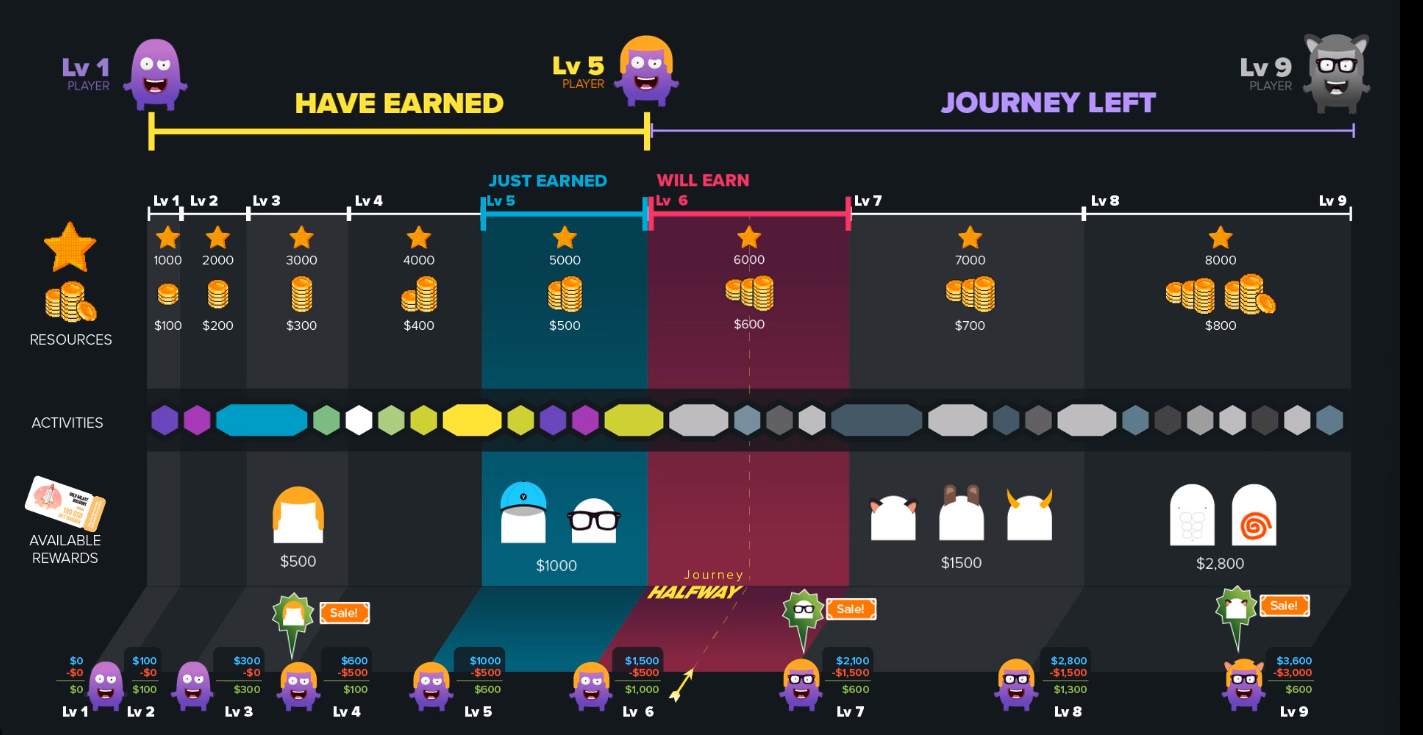
The Gamification Player Journey
Dec 27, 2021Monica Cornetti, MS-EDE
President
As a Gamification Designer for adult learning programs, along with SMEs and the Instructional Design Team, you will plan the elements and create the blueprint or player journey of the course. These elements include instructional objectives, assessment strategies, detailed content, design documents, and storyboards to describe the presentation of content, practice activities, and trigger/feedback mechanisms.
For each behavior that you want your player to do within your program, it is now time to think about how you will use mechanics to trigger, or to give feedback (recognition, reinforcement, or reward) to the player for taking that action.
If you are using a digital or mobile gamification platform, you can broadcast engaging, encouraging, or helpful messages either audibly, or visually written on the screen (perhaps accompanied by some sort of graphic). You can use the feedback when the player has performed a desired behavior or achieved some sort of level up. Feedback can also be given as encouragement to let the player know they need to complete just 2 (or 1, 5, 20%, etc.) more actions to earn their next reward, unlock, or level up.
Feedback can be given in a variety of formats:
- Behavior hints: short descriptions of what the player needs to do – (e.g. Please login and create your user profile)
- Mission hints: explain what the player needs to do to complete the mission, quest, or level. (e.g. You’ve got two quests in this level… Let’s get started!)
- Achievement hints: short description of what the player needs to do to achieve the reward, level up, badge, etc. (e.g. Read two articles and share at least three insights to the Facebook group.)
- Achievement messages: fun, quick, and engaging recognition of their achievement and a word of encouragement (e.g. Way to go, you’ve received your 2nd badge. We can see that someone has been studying!)
- Level messages: you can remind the player how many points were needed or earned to reach this level. (e.g. You earned 3000 points and earned the Captain Nathaniel Wilson Badge! You are ready to level up to Dead Men Tell No Tales Cove!)
We give feedback to players to create the feedback loop. The feedback loop gives them information about their performance or things that are going on within the program.
Below is a draft example of the feedback loop written for an early GamiCon (The International Conference for the Gamification of Learning) which was 100% gamified through BLUErabbit.
![]()
Game mechanics are the most visible aspect of gamification. To be successful, mechanics need to be selected based on the objective (the outcome you want or need), and a thorough understanding of the player.
The main elements to consider in planning your player journey are the rules, the in-game economy, and the engagement loop because your gamification system needs to engage the player continuously as part of a sustainable strategy.
And that's the foundation for designing a player journey - they come in all shapes, sizes, and formats - and help you, the designer to understand how users feel and what they need most.
Bernardo Letayf's, the creator of BLUErabbit has developed an excellent course to teach others how to successfully map an engaging player journey.

Now you can take the How to Create Engaging Adventures for a discounted price:
- The first 3 people to register receive a 50% discount when registering with the discount code: SENTENTIA12DAYS50
- If you miss the half-off savings, you can save 20% when registering with the discount code: SENTENTIA12DAYS20
Don't miss a beat!
New moves, motivation, and classes delivered to your inbox.
We hate SPAM. We will never sell your information, for any reason.
